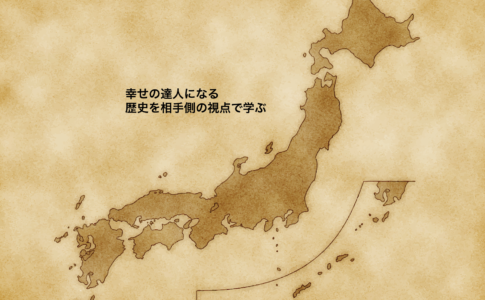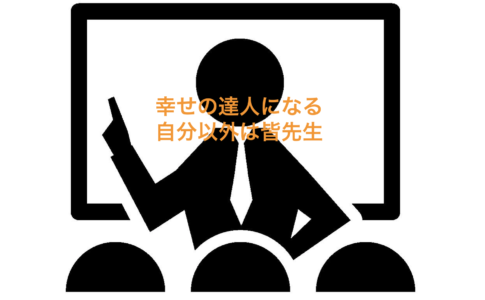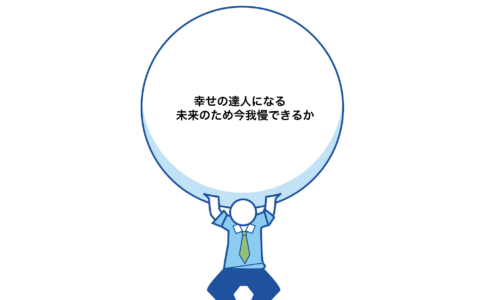今日は、ビジネスコミュニケーションにおいて有効な、Why, What and How フレームワークに関して紹介してみたいと思います。
仕事におけるプレゼンテーションの場においても、自分のチームのメンバーとのコーチングカンバーセーションの際にも、このフレームワークを使うことができます。
まずは、それぞれを説明します。
Why …
ビジネスプレゼンの場においても、チームミーティングやメンバーとの One On Oneにおいても、Whyから始めるのが効果的です。例えば、プレゼンの場合は、何故この場に集まっていただいているのかの目的を明確するのが最初のステップとなりますし、チームミーティングで何かチームのゴールを共有する時は、ただゴールを落とし込むだけでなく、何故このゴールが必要なのか、何故このゴールを達成する必要があるかを最初に明確にすることで理解度や浸透度が高まります。また、One On Oneでのコーチングにおいても、何故コーチングが必要なのか最初に期待値設定をすることが大変重要となります。まずは、プレゼンやミーティングの冒頭に、Why behind whatの説明から入りましょう。
What …
次に必要のが、Whatのパートとなります。ここで一番重要なのは、what to do を明確にすることなので、プレゼンであれ、コーチングであれ、何を達成するか、何を目標にするかを提示したり、コーチングであれば同意するパートになります。プロジェクトのコールであれば、英語では、point of arrivalとも言いますが、達成すべきポイントを明確にすることで、逆に、out of scope、つまり、何をやらないかということを明確にするのもこのパートとなります。
How …
最後が、Howのパートとなりますが、こちらは、Whatで提示した、何をするか?、何が必要か?何を達成するのか?を受けて、どうやってするのか?、どのように達成するか、アクションを提示もしくはコミュニケートするパートとなります。ここで忘れてならないのは、アクションの期限や、アクションが上手くいっているかどうかの進捗をレビューするプランが入っているかどうか確認することでしょうか。
(English)
Today I’d like to introduce the Why, What and How framework for business communication.
You can use this framework in a professional presentation or in a coaching conversation with your team members.
Let me explain each one first.
Why …
Whether in a business presentation, a team meeting or a One On One with your team members, it’s effective to start with the why. For example, in a presentation, the first step is to clarify the purpose of why you’re here, or when you’re sharing a team goal in a team meeting, it’s important to not only put the goal in perspective, but also to explain why this goal is necessary and why this goal needs to be accomplished. Clarifying at the outset whether there is one will increase the level of understanding and penetration. Also, in One On One coaching, it is very important to set expectations at the beginning of why coaching is needed. Start with an explanation of why behind what at the beginning of your presentation or meeting.
The What …
The next part of the presentation needs to be the what part. The most important thing here is to clarify the what to do, so whether it’s a presentation or coaching, it’s the part where you present what you’re going to achieve and what you’re going to achieve, or if you’re coaching, it’s the part where you agree. If it’s a project call, also called a point of arrival in English, it’s also the part where you clarify the point to be accomplished and, conversely, the out of scope, or what not to do.
How to
The last part is the How part, but this one is presented in the What, what do you do? And what do you need? What will you accomplish? In response to theHow do you do it? This is the part where you present or communicate your actions and how they will be accomplished. The key thing to remember here is to make sure that you have a deadline for the action and a plan to review the progress of the action to see if it is working.















コメントを残す